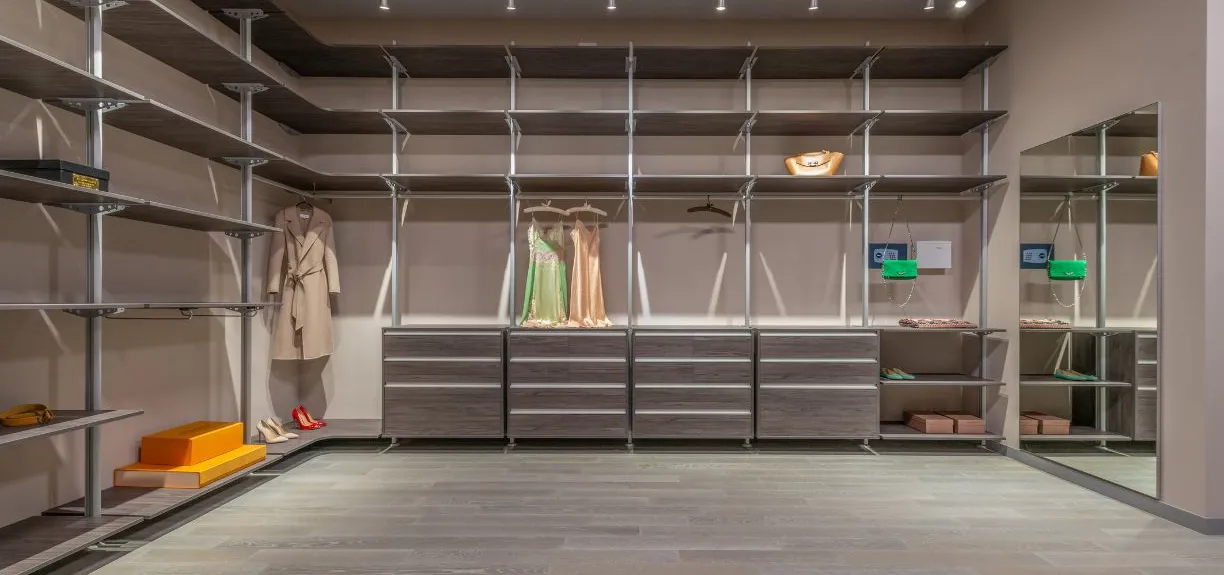The decision to move into a care home can be both a significant and emotional transition for individuals and their families. Understanding what the care home experience entails can help alleviate concerns and ensure a smoother adjustment. A well-run care home offers more than just medical care; it provides a supportive, engaging, and comfortable environment where residents can thrive. Here’s a comprehensive look at what the care home experience encompasses.
- Welcoming Atmosphere
From the moment you step into a care home, the atmosphere has a crucial role in shaping the experience. Top care homes are designed to be inviting and homely, with comfortable common areas, tasteful decor, and well-maintained gardens. Staff members typically greet newcomers with warmth and kindness, making the initial transition smoother and more reassuring.
- Tailored Care Plans
One of the key components of the care home experience is the development of personalized care plans. Upon arrival, each resident undergoes a thorough assessment to determine their specific needs, preferences, and medical requirements. These assessments help to create tailored care plans that ensure residents receive the right level of support, whether it involves assistance with daily activities, medical care, or specialized services.
- Health and Medical Services
Access to comprehensive health and medical services is a cornerstone of the care home experience. This includes regular health checkups, medication management, and round-the-clock nursing care. Many care homes have on-site medical professionals, including registered nurses, licensed practical nurses, and visiting physicians, to address residents’ health needs promptly and effectively.
- Engaging Activities and Social Interaction
Staying active and engaged socially is vital for the well-being of care home residents. A diverse range of activities is typically offered, catering to various interests and abilities. These activities can include:
- Arts and Crafts: Encouraging creativity through painting, knitting, or pottery.
- Exercise Classes: Offering gentle yoga, tai chi, or aerobics to keep residents physically active.
- Cultural Events: Hosting musical performances, theater shows, and guest speakers.
- Social Clubs: Forming book clubs, gardening groups, or cooking classes to foster friendships.
- Outings: Organizing trips to local attractions, parks, or shopping centers.
These activities not only keep residents engaged but also help build a sense of community and belonging.
- Nutritious and Delicious Meals
Nutrition is crucial for maintaining quality of life. Care homes provide nutritious and appetizing meals that cater to the dietary needs of residents. Menus are often designed by dietitians to ensure balanced nutrition, and meals are typically served in communal dining areas to encourage social interaction. At stpetersbury.com, they have in-house chefs who provide high-quality meals daily using the freshest of ingredients.
- Comfortable Living Spaces
Creating a comfortable and personalized living space is essential for making residents feel at home. Care homes offer various accommodation options, from private rooms to shared suites. Residents are encouraged to make their rooms their own with personal items, photos, and keepsakes, which helps to create a familiar and comforting environment.
- Safety
Ensuring the safety and security of residents is a top priority. Care homes are equipped with state-of-the-art security systems, including emergency call buttons, surveillance cameras, and secure entry points. Staff are trained to handle emergencies efficiently, providing peace of mind to residents and their families.
- Respect for Independence and Dignity
Respecting the independence and dignity of residents is fundamental to the care home experience. Residents are encouraged to make choices about their daily routines, activities, and personal care. This respect for autonomy helps to maintain their sense of self and overall happiness.
Conclusion
The care home experience is designed to provide a supportive and enriching environment where residents can enjoy a high quality of life. From personalized care plans and comprehensive health services to engaging activities and emotional support, every aspect of care is tailored to meet the individual needs of residents. Ensuring safety, fostering social connections, and respecting independence are key components that contribute to a positive and fulfilling care home experience. By understanding these elements, individuals and families can make informed decisions and embrace the transition with confidence and peace of mind.









